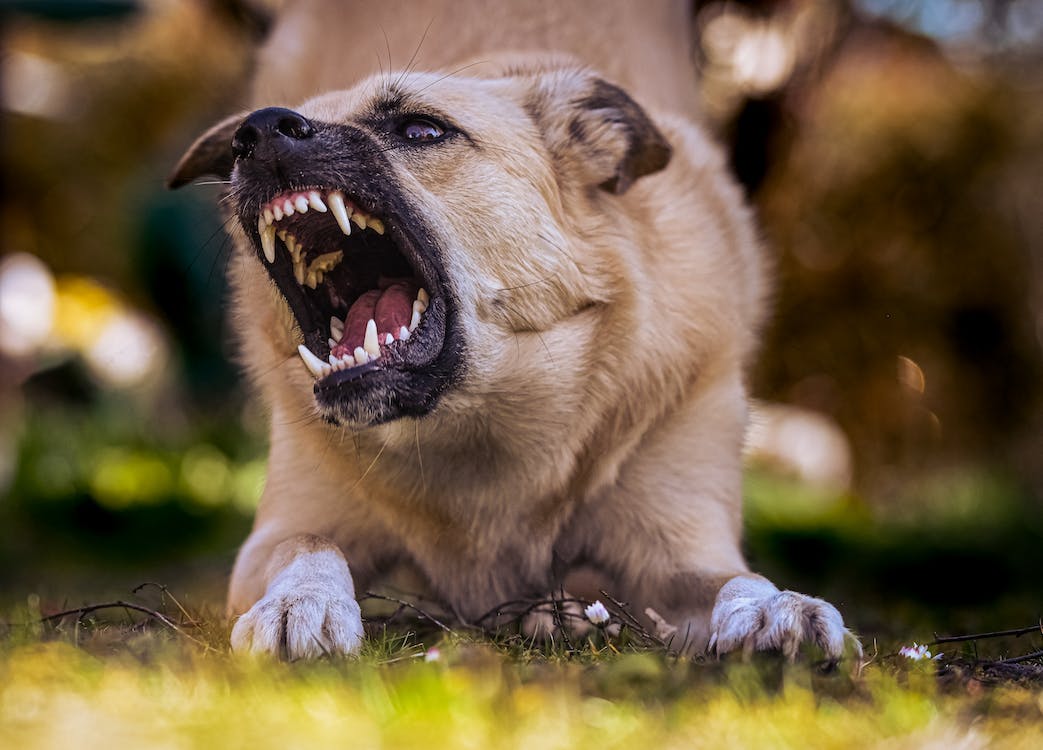A February 24th dog attack in San Antonio killed a man, left his wife in critical condition, and injured two others, including a firefighter. The owner was charged with felony counts of attack by a dangerous dog causing death and injury to an elderly person.
The dogs in question had a prior bite history before this tragedy. These dogs attacked the couple as they walked from their car to a family member's house.
How Many Fatal Dog Attacks Have Happened in Texas?
Since 2005, over 80 fatal dog attacks have happened in Texas. Victim ages have ranged from two weeks to 95 years old, demonstrating that such fatalities involve a range of victims.
One thing that these attacks demonstrate is that Texas communities have many shortcomings to address in preventing these types of attacks. These shortcomings not only create an environment that causes fatal attacks, they make it harder for dog advocates to bring about meaningful change.
Confinement Issues Are a Factor
Many locations in Texas face one of two problems related to dog confinement: dogs kept chained contrary to state law and dogs permitted to run loose, known or unknown to their owners. With many cities and counties lacking decent enforcement, the owners are usually not held accountable until a bite or worse occurs.
Despite a 2022 law passed that prohibits dogs from being kept permanently chained, many owners continue to chain their dogs permanently without consequences. Some animal control officers (ACOs) are hesitant to enforce the law, sometimes due to severe understaffing or an unwillingness to engage with a potentially hostile owner.
Chained dogs are often isolated and kept from proper shelter or access to food and water. These dogs are often very defensive of their spaces and reactive toward unfamiliar people, from utility workers to curious children.
Loose dogs may be inclined to chase or attack people or animals in other yards. When the owners fail to properly feed or socialize these dogs, they are more likely to become aggressive.
Negligence on the Owners' Part
Many dog owners don't treat their dogs as family that have specific behavioral needs. Some of these owners feel that leaving a dog unsupervised without proper stimulation is okay as long as the dog is otherwise cared for.
All dogs, regardless of the breed, need regular interaction with their families, as well as people outside the household. Otherwise, the dog won't learn to have proper interactions with people and will be more likely to show aggression to new people that he encounters.
"Guard Dogs" in Inappropriate Settings
Dog owners sometimes keep large dogs for guarding purposes. Such dogs might be more likely to become aggressive if left alone to guard a property with minimal interaction from their people.
Many breeds, such as Great Pyrenees and Anatolian Shepherds, excel as livestock guardians that protect sheep, cattle, and other stock from predators. Such dogs are a feature on many large Texas ranches.
However, a ranch in a remote location that has frequent visits from coyotes is different from a suburban or urban neighborhood. When people who have "guard dogs" allow their dogs to roam neighborhoods freely, they are setting the stage for a tragic bite or mauling incident.
Texans: We Must Do Better
According to the American Veterinary Medica Association, Texans own 7.2 million dogs. This sets Texas apart as the state with the most dogs.
As the state with the most dogs, we can and must do more to make the state better for dogs and the people who share their lives with them. We need to do more to hold the irresponsible owners who contribute to attacks accountable.




